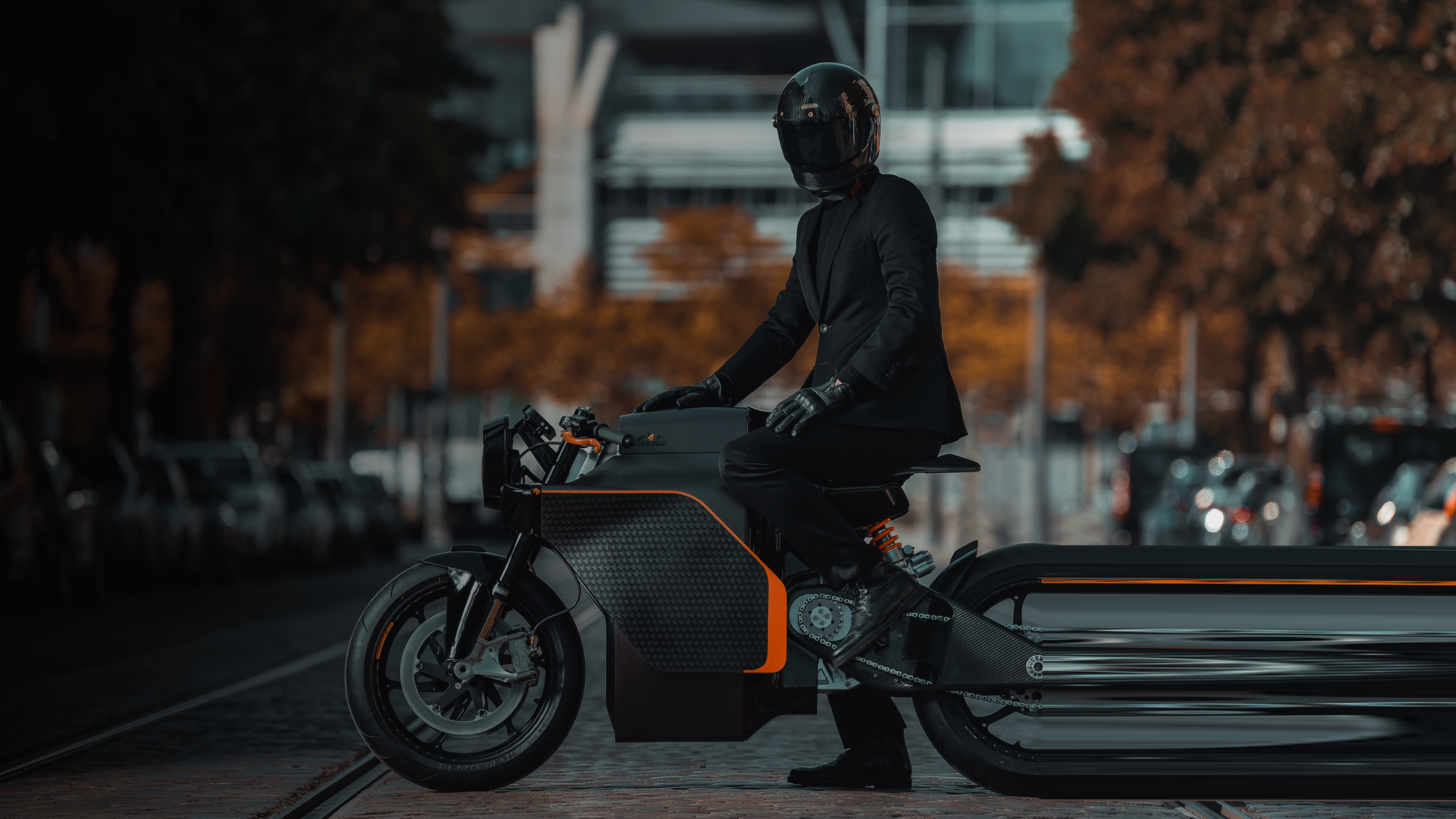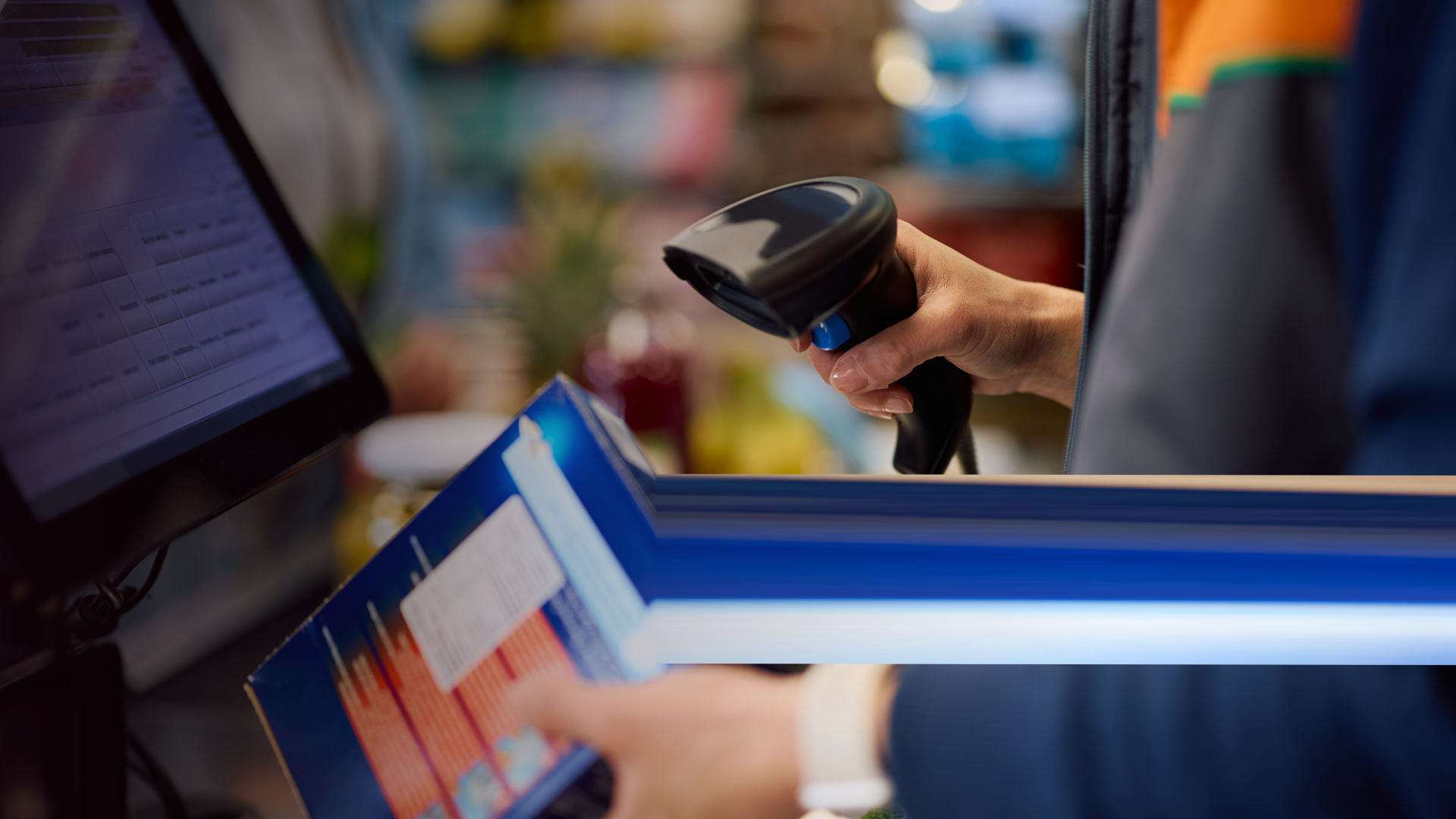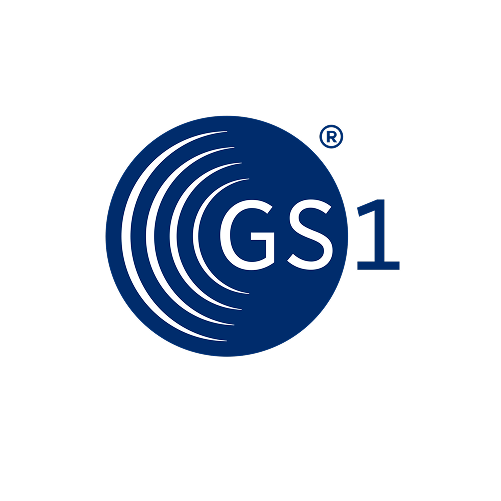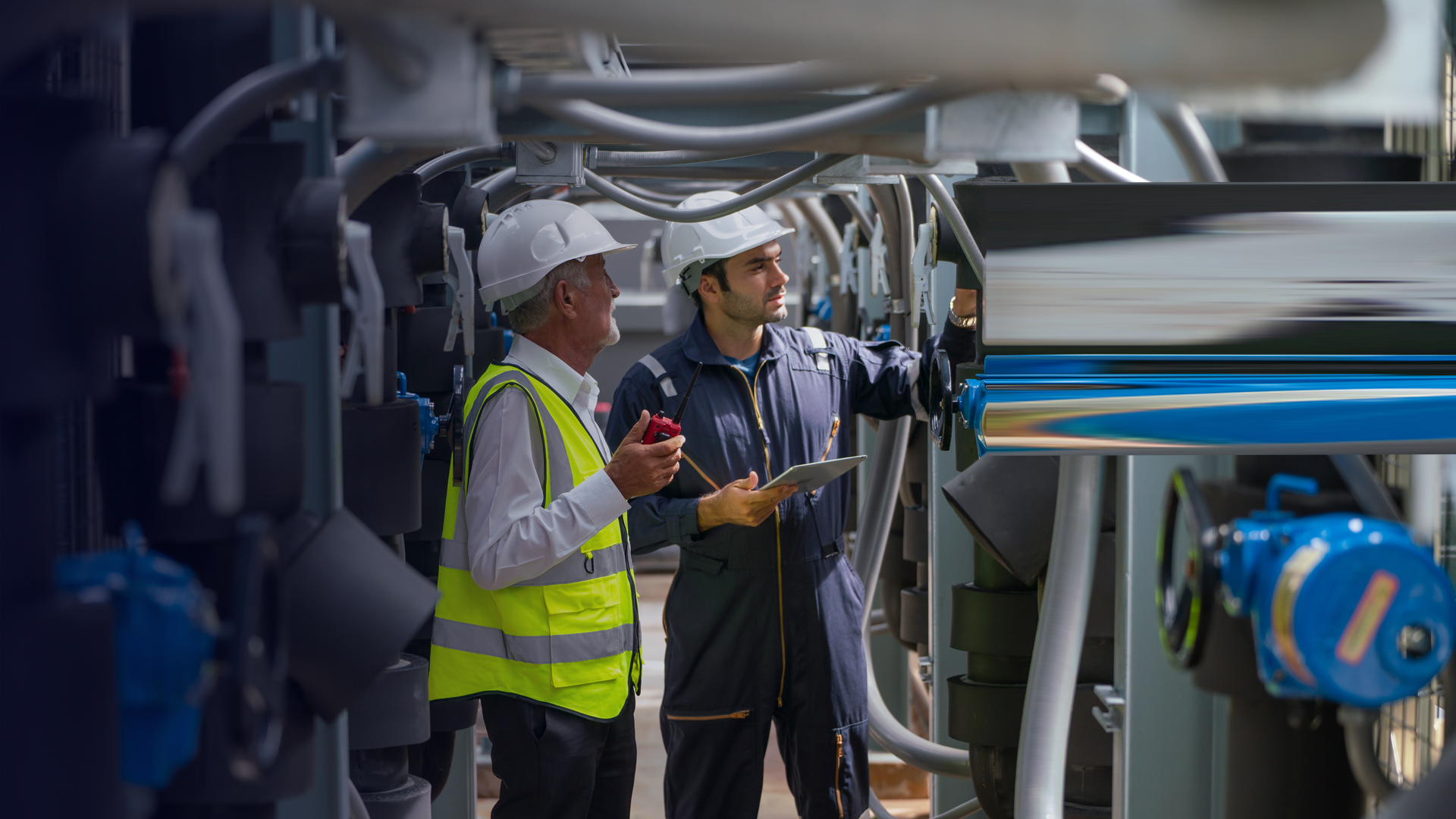Optimizing the battery life of Saroléa motorcycles with AI


What if electric superbikes could push performance and range even further—powered by AI? Saroléa teamed up with ML6 to unlock the full potential of their batteries through data and machine learning.

Catch up quickly
Saroléa, a Belgian automotive engineering company specialized in high-performance electric vehicles, partnered with ML6 to apply machine learning on their superbikes (MANX7 and N60). Using years of sensor and control unit data, ML6 built battery response prediction models to estimate state of charge, health, and range under different conditions. These models are now helping optimize control loops, with promising early results that boost performance, efficiency, and the future of electric mobility.
About this client
Saroléa is an automotive engineering company, specialised in the development of high-performance electric vehicles.
Impact
ML6 and Saroléa started to implement machine learning on the Saroléa superbikes in 2018, with the initial focus on improving battery performance. To date, The battery response models are being used to better estimate the behaviour of the battery under certain conditions and, ultimately, to optimize the control loops.
Challenge
Performance and autonomy are extremely important to the commercial success of any electric vehicle. Saroléa develop high-performance electric vehicles with their flagships being their electric superbikes: the MANX7 and the recent N60. These bikes are equipped with the latest in technology, including high frequency sensors and Saroléa’s own vehicle control unit which has recorded a massive amount of data over the course of several years. Saroléa want to leverage this data to optimize their bikes, and ultimately to offer this as an add-on package for the vehicle control unit.
Solution
ML6 and Saroléa started to implement machine learning on the Saroléa superbikes in 2018, with the initial focus on improving battery performance. To this extent, the vast sets of historical battery data were leveraged to create models for battery response prediction that ultimately estimate the state of charge, health and remaining range of the batteries.
Results
These battery response models are being used to better estimate the behaviour of the battery under certain conditions and, ultimately, to optimize the control loops. Operational gains are still to be determined but initial results are encouraging.
Inspired?
Let’s connect and make it happen!
Ready to elevate your AI game? Schedule a meeting with us today and let’s craft a winning strategy together!
Cupcake ipsum dolor sit amet apple pie.
Frequently Asked Questions
Lorem ipsum dolor sit amet, consectetur adipiscing elit, sed do eiusmod tempor incididunt ut labore et dolore magna aliqua. Ut enim ad minim veniam, quis nostrud exercitation ullamco laboris nisi ut aliquip ex ea commodo consequat. Duis aute irure dolor in reprehenderit in voluptate velit esse cillum dolore eu fugiat nulla pariatur. Excepteur sint occaecat cupidatat non proident, sunt in culpa qui officia deserunt mollit anim id est laborum.






